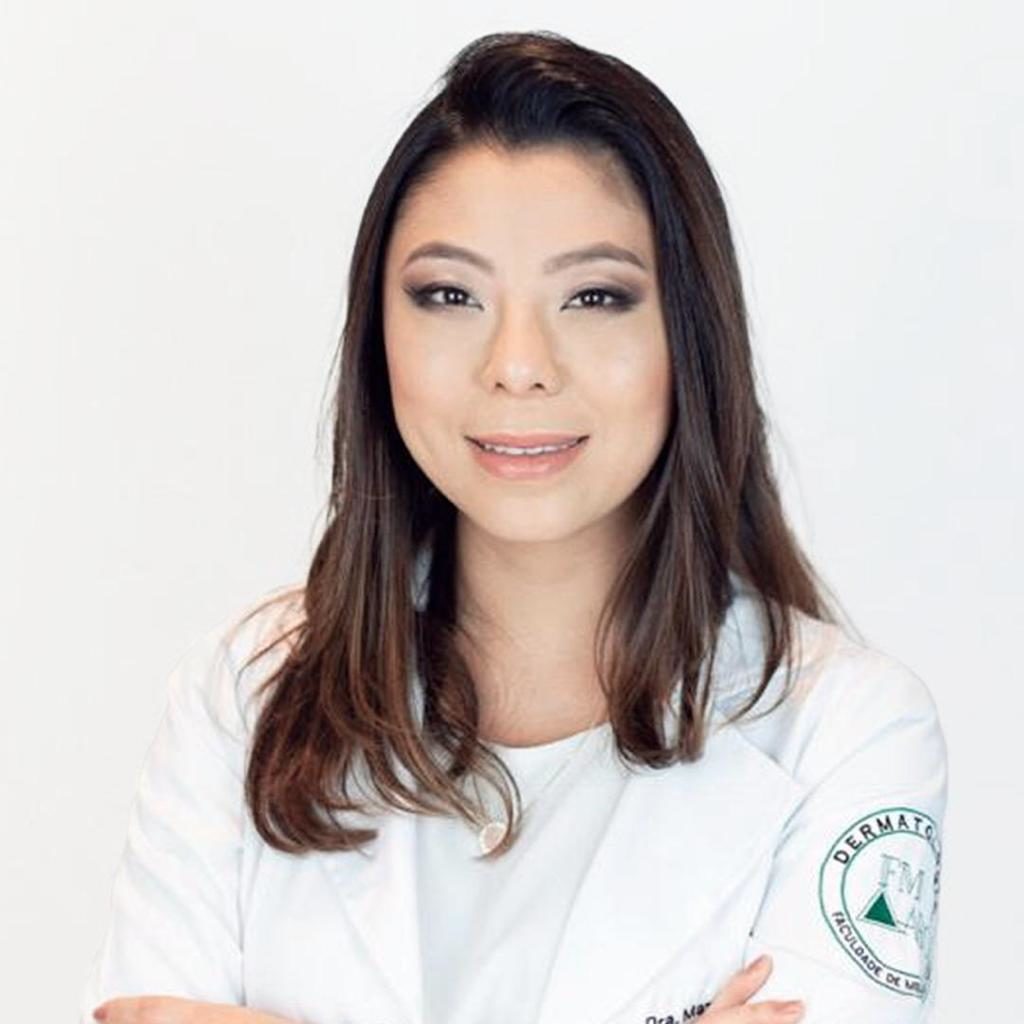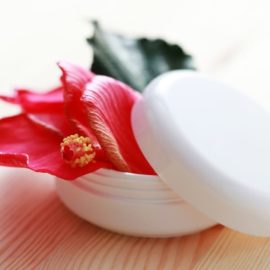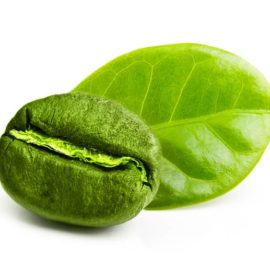MAMY HONDA INTERVIEW

Passionate about her profession and dedicated to learning in the field of Aesthetic Medicine and Dermatology, Dr. Mamy Honda Igarashi has a Bachelor of Medicine from the PUC with a specialisation in Dermatology from the ABC School of Medicine. Full member of the Brazilian Society of Dermatology (SBD), she is also a specialist in Cosmiatrics, acting as Assistant Physician at the Dermoscopy and Cosmiatrics Clinic of the ABC School of Medicine.
With your studies focusing on Asian skin, you have increasingly advocated for preventive treatment, and recently in an article on @stealthelook, you even cited the J-beauty trend as a reference for daily face and neck care, in order to minimise daily aggressions and the effects of aging. What do you recommend to people seeking to better understand prevention? Where should they start? As a specialist, what tips do you have for healthy skin in the coming years?
In my opinion, prevention begins with basic skin care, such as proper cleaning, hydration, photoprotection … And when necessary, the combination of antioxidants, cosmetics and medications for specific care, as needs increase. Treatments using topical products can be associated with aesthetic procedures, according to the needs of each patient. To improve the quality of the skin, peels, lasers … can be used to treat wrinkles, apply botulinum toxin, to replenish volume, fill with hyaluronic acid, for flaccidity, collagen biostimulators … The combination of different actions is the secret to maintaining beautiful and healthy skin.
Unlike Europe and APAC, which are closely related to aging factors in facial treatment, we know that one of the biggest concerns for Brazilians and Latinos in general, according to research, is controlling oily skin. In your opinion, what kind of ingredients can people with this particularity look for in final products? What are your tips for maintaining balanced skin more naturally?
In my opinion, there are some ingredients such as niacinamide, glycolic acid, among others, that demonstrate a preventive action in relation to the signs of aging and can also contribute to the control of sebum. Another option and important point are the associations of various actives in final formulations, which can combine more natural actives with action on skin aging and active ingredients that control sebum, which are of interest for indication in a population where there is a predominance of oily skin. In addition, in the final formulation, sensoriality also interferes with the acceptance of the products. Those cosmetics that are lighter, more sensorial, suitable for oily skin, are better received by the Brazilian population.
The pandemic and these difficult times that we are living through has raised people’s stress levels, due to various emotional factors and also linked to the constant use of masks, gloves and applications of alcohol gel and disinfectants in general. It is a fact that lately more people have complained of irritations, inflammation and discomfort related to the health of the skin. In your opinion, how can people deal with these problems on a daily basis and at home? What are your tips for dealing with this quarantine period in a more bearable way?
Regarding the use of masks, the ideal is to carry out local hygiene care, with suitable cleaning agents, which do not aggravate local irritation. In addition, the use of non-occlusive products can also help prevent the formation of blackheads, for example, which are worsened by the use of masks. Irritations from excessive use of alcohol gel or excessive hand washing can be improved with the use of repairing moisturisers, preventing the worsening of dryness and the appearance of dermatitis. During the pandemic, it is important to find alternatives that reduce stress, such as meditation or physical exercise, since high stress can worsen skin and hair changes, and inflammatory pathologies. It is also important to pay attention to food, maintaining a healthy diet, with an adequate intake of fruits and vegetables. Sleep patterns have also changed a lot during this period, it is important to re-establish good sleep habits so that this is not another detrimental factor in people’s general state of health.
At Provital, we always make the case that the scalp is also skin, and needs specific treatment and care so as not to suffer excess sebum production, flaking, dandruff, etc. Also, other problems you may have, can directly impact the health and growth of your hair. What should people focus on when treating the scalp at home with everyday products? And if they suffer from any of the problems mentioned, in addition to going to their dermatologist, what could they do?
Seborrheic dermatitis, the leading cause of scalp flaking, can be made worse by stress, temperature changes, and other factors, so behavioural measures can help improve the flaking caused by seborrheic dermatitis. Avoiding sleeping with wet hair is also a behaviour that may need to change, to reduce local humidity that can worsen some factors involved in the flaking of the scalp. Using shampoos with keratolytic, antifungal and oil control agents can help control inflammation and flaking. When the scalp is more oily, it is advisable to wash the scalp daily, thoroughly cleaning it.
Every day more and more cosmetic brands are inspired by or emulate medical-aesthetic and dermatological processes in the action mechanisms of their products. It is clearly an upward trend and one that will continue to grow in the future. Therefore, his knowledge and experience in aesthetic medicine/dermatology/cosmiatrics is especially relevant for any company that seeks innovation in its developments. Could you share some examples of techniques or procedures that are beginning to be used to treat the scalp, or to reduce sebum on the skin, for example?
The procedures to combat hair loss mainly stimulate the growth of the strands, such as low power lasers, LEDs, micro-needles with drug release, infusion of ingredients by intradermotherapy and PRP (platelet rich plasma). Regarding the fat in the skin, technologies are used more frequently to alleviate inflammatory processes, such as acne lesions. There are also LED screens and technologies that work with intense pulsed light. Another possible procedure is the use of microneedles to administrate drugs, which allow greater penetration of ingredients that improve the quality of the skin, even the excess production of sebum.
No comments yet
There are no comments on this post yet.





Leave a comment